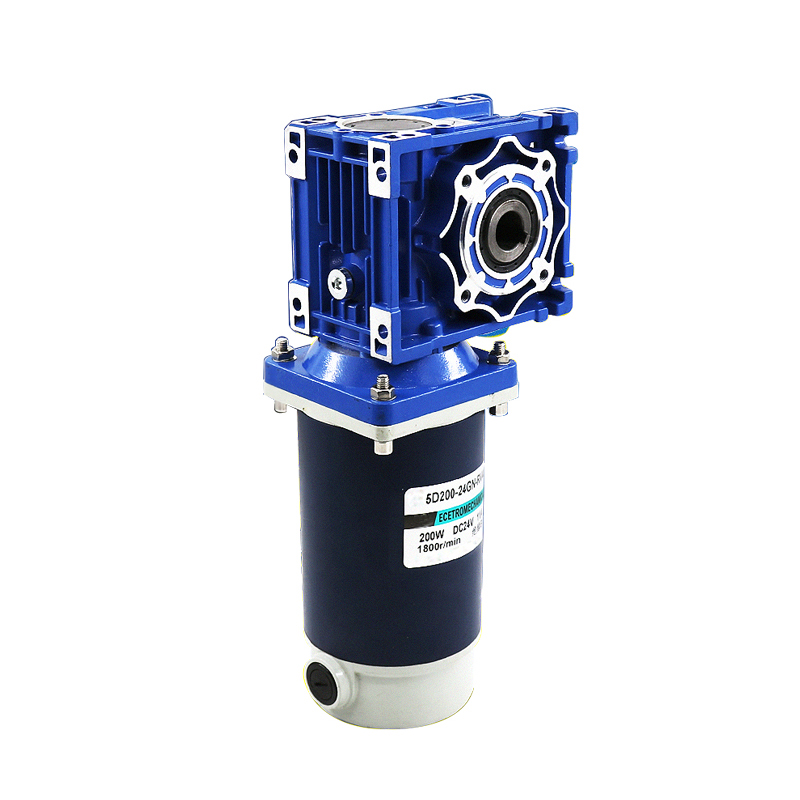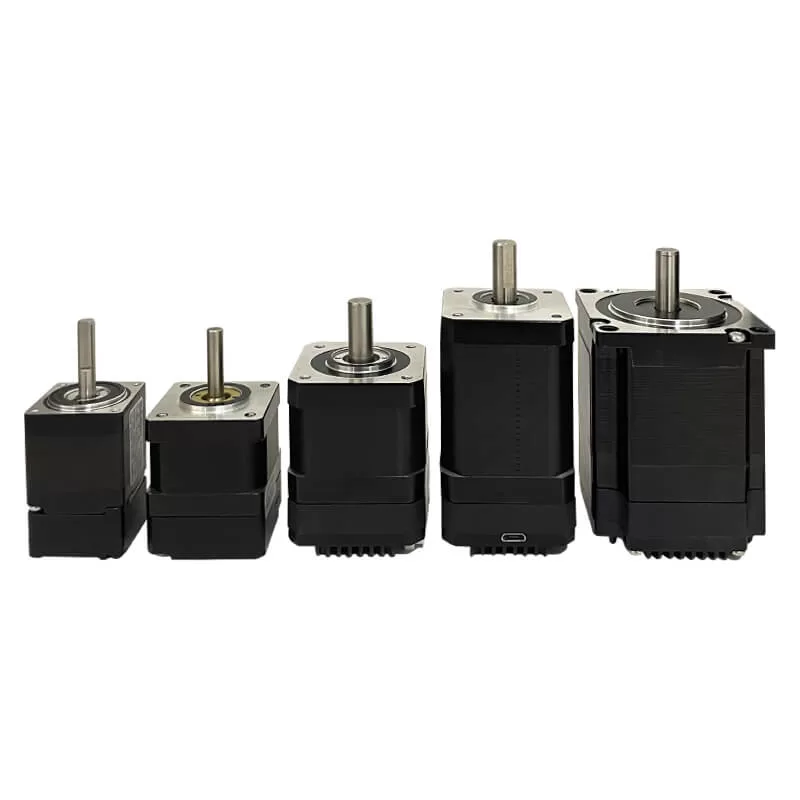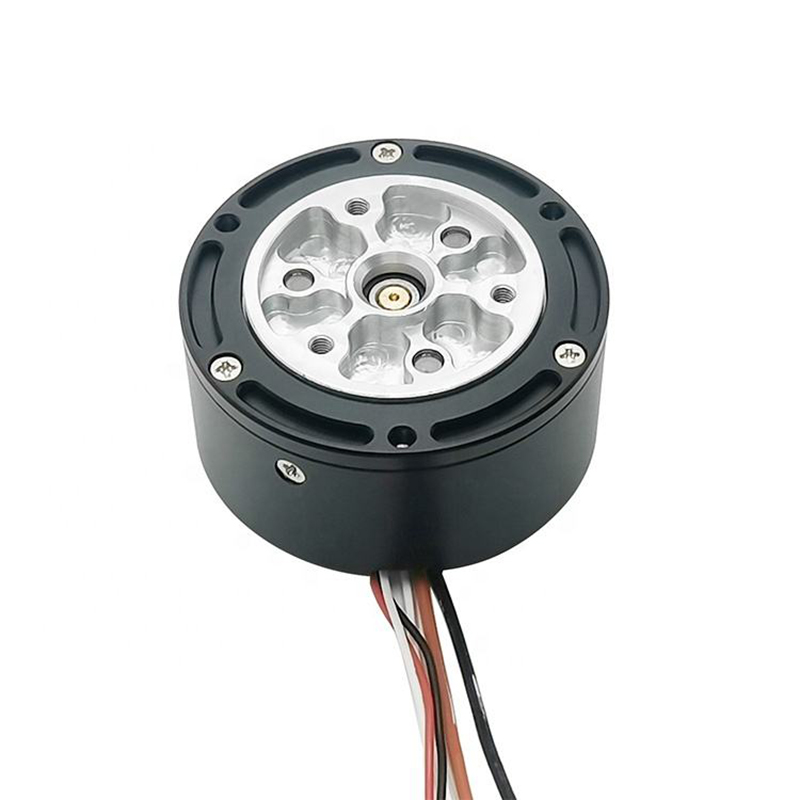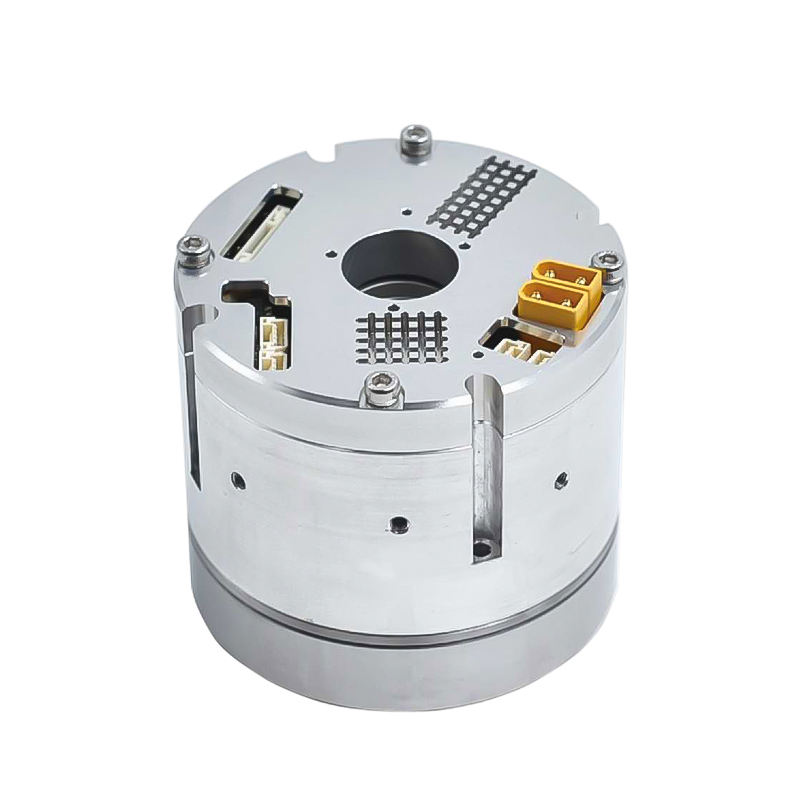At present, there are several software options available for the design of permanent magnet brushless DC motors, such as ANSYS, ANSOFT, MotorSolve, SPEED, and others. In China, there are also several newly developed design software options available for brushless DC motors.
In 2006, Infolytica, a renowned Canadian company specializing in electromagnetic computational analysis, introduced MotorSolve BLDC motor design software specifically for permanent magnet brushless DC motors. MotorSolve software consists of two parts: motor and drive. It combines classical analytical methods with finite element analysis methods for motor design. Users only need to input design parameters to automatically generate models and windings, and obtain simulation results based on the electromagnetic finite element analysis software MagNet. Users can change design parameters such as rotor and stator geometry, pole and slot numbers, slot shape, windings, and materials to calculate motor flux, current, back electromotive force, torque, iron losses, copper losses, efficiency, cogging torque, and other performance data, and can compare multiple design schemes. In MotorSolve software, users only need to input parameters such as pole number, slot number, winding pitch, and phase offset to automatically generate winding distribution, calculate back electromotive force, winding factor, and electromotive force harmonic analysis.
SPEED software is an effective magnetic field design analysis software developed by the Department of Electronic and Electrical Engineering at the University of Glasgow in the UK. It includes many levels of design analysis and is updated with new features every year to improve its functionality and ease of use. PC-BDC is specifically designed for permanent magnet brushless DC motor design.
The design process is roughly as follows:
- (1) Review design requirements;
- (2) Select rotor permanent magnet material and stator laminated material. SPEED software contains a database of permanent magnet and soft magnetic material properties;
- (3) Based on experience or stator template, select rotor pole number and stator slot number, input initial motor structural dimension parameters;
- (4) Use the program to establish an electromagnetic model, adjust the motor size as needed to obtain torque, speed, and loss calculation results that meet the requirements;
- (5) Select winding mode, optimize turns, give wire diameter and slot fill factor;
- (6) Check the effectiveness of the scheme;
- (7) Change some parameters and iteratively calculate different optimization schemes. For example, change the number of windings, air gap, and magnet thickness, check the impact on thermal performance and motor operation, and verify the impact on voltage, current, etc.;
- (8) Revalidate whether the scheme meets the design requirements.
Brushless motors’ electromagnetic and thermal calculations can be performed using two software packages, SPEED and Motor-CAD.
CAD technology combines the fast and accurate computing capabilities of computers with the theoretical research results and design experience of motor experts, speeding up the product design process, shortening the design cycle, and improving the quality of motor product design. Although design software features are becoming increasingly sophisticated and convenient for brushless motor design, designers’ basic theoretical knowledge and design experience related to brushless motors are indispensable. In fact, in the initial design and design process, the choice of parameters requires the designer’s correct participation and judgment. Using modern design software in combination with traditional electromagnetic design methods can help improve design proficiency.











